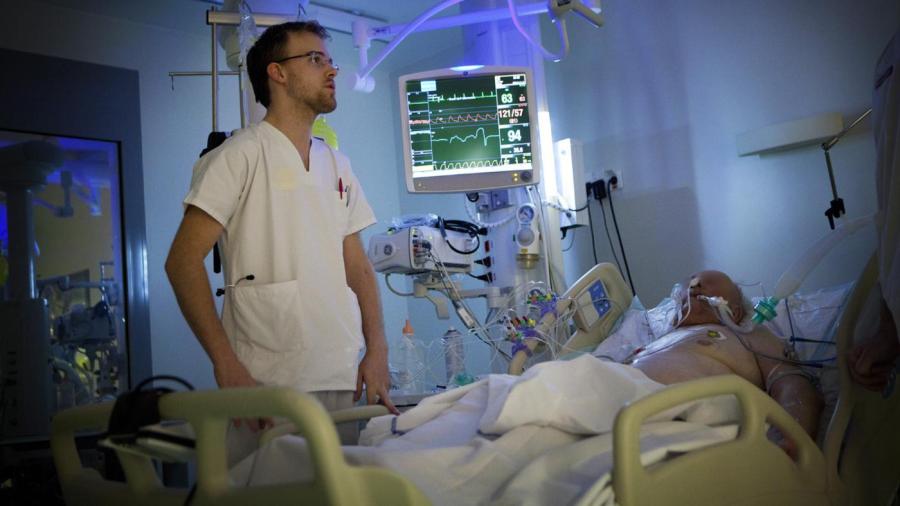How Does the Life Support Machine Work?

According to the Intensive Care Coordination and Monitoring Unit of New South Wales, ventilators, also called life support machines or breathing machines, work by supporting patients to breathe or by completely taking over the function of breathing for patients. A breathing tube inserted into the patient’s windpipe connects the ventilator to the patient.
The breathing tube is inserted into the mouth or nose in a procedure called intubation, explains the ICCMU. Cotton or adhesive tape holds the tube in place before it’s connected to the ventilator. Ventilators protect the airways and lungs of patients who have had a stroke and those who are not yet fully awake after surgery. They are also used for patients who are not capable of breathing for themselves due to respiratory muscle weakness and those who have suffered lung damage from a trauma or infection.
Cleveland Clinic states that mechanical ventilation supports or replaces the function of the lungs, and it’s typically used for people with either a short-term problem or a serious condition that causes irreversible respiratory failure resulting from injuries to the upper spinal cord. Some patients using ventilators long term can still live a quality life; however, for dying patients, mechanical ventilation often prolongs the dying process but does not improve the underlying condition.





